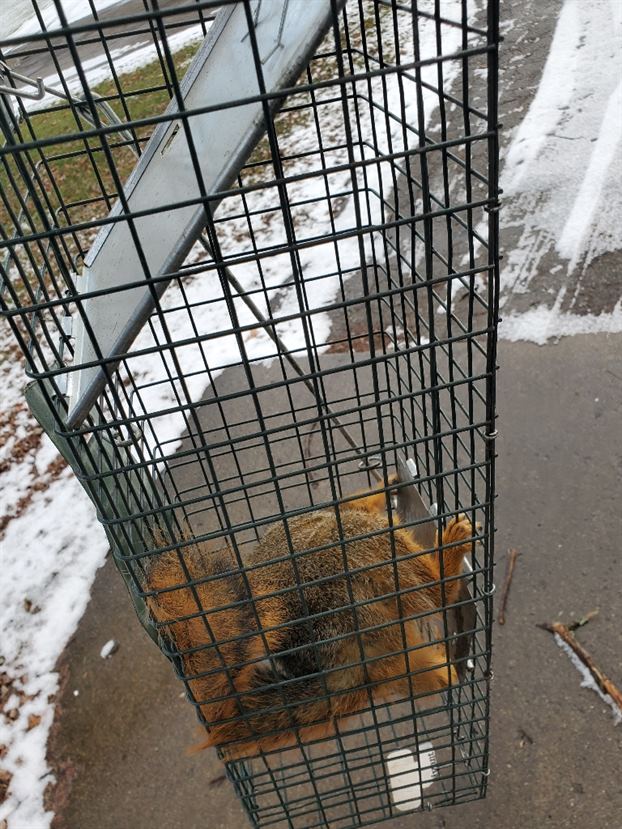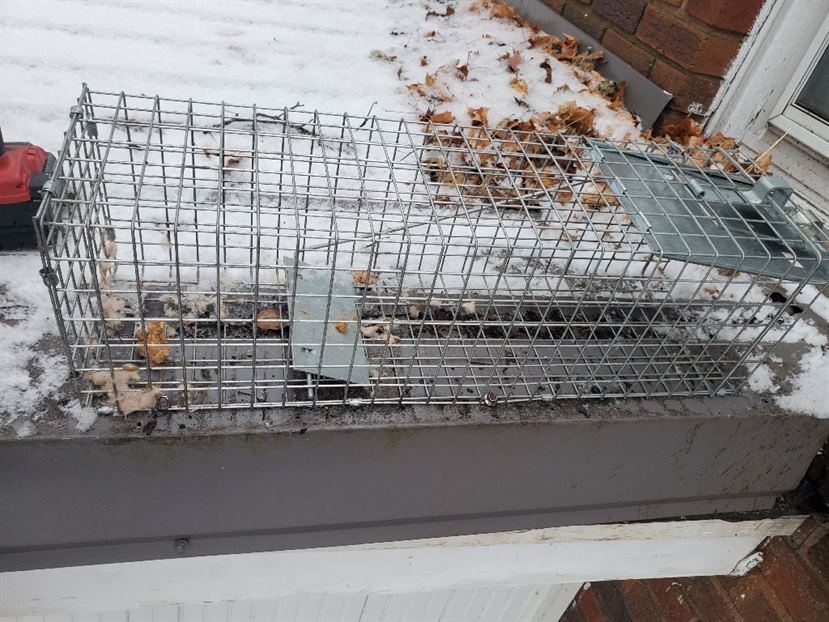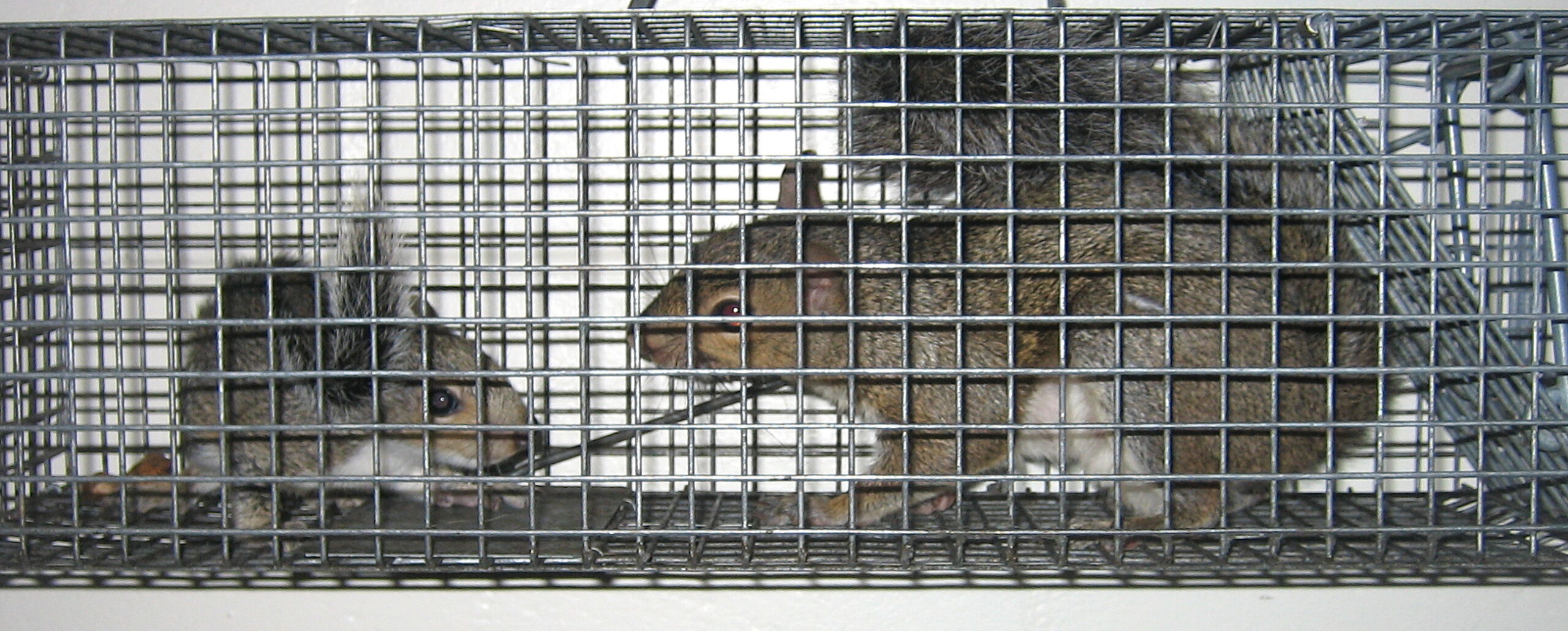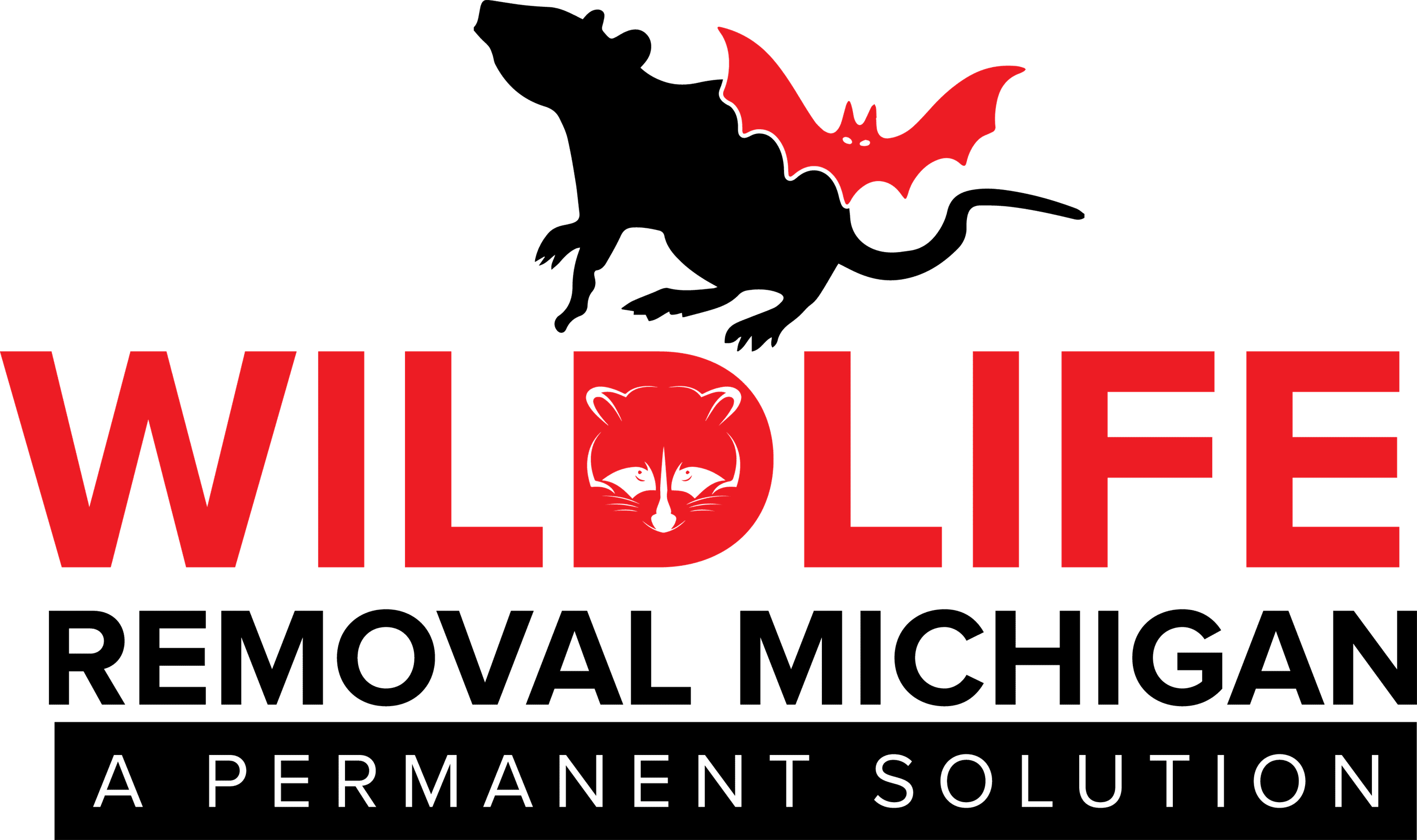Squirrel Removal
Squirrels are one of those animals that are fun to watch run around your yard. However, if a squirrel gains access to your home or your business, they are not such a fun animal. One of the biggest issues with squirrels is their ability to get into virtually any building by simply gnawing their way through. Keep reading to learn about squirrels, why they need to be removed, and ways in which you can get rid of them.
Why are squirrels attracted to my property?
Squirrels, much like many other nuisance wildlife, are attracted to properties for particular reasons. One of the most important to the squirrel is an ample supply of food. These little critters eat almost anything they can find, however, they prefer to eat fruits and vegetables if they can find them. Corn, apples, squash, mushrooms, acorns, nuts, and the roots of plants are all on the menu for this rambunctious, energetic animal. While food is important, it is not the only determining factor that helps squirrels choose to live with you and your family.
Squirrels are one of the most common animals to run into whether you live in urban areas or in the countryside. These creatures are decent enough to be around when they are living around your property or in the wild. If by chance, a squirrel manages to get into your home, garage, or any other building, they will not be so fun to be around. Squirrels are the Houdini of nuisance wildlife, finding crazy ways to get into your home or even chewing their way in. Continue reading if you want to find out more about squirrels, what problems they can cause, and how you can go about removing them.

Besides food, one of the most important criteria that must be met for a squirrel’s habitat is shelter. This shelter can come in many forms. They most often nest in trees and build comfy, warm nests for the winter months. However, buildings are especially loved by squirrels, as they are generally windproof and heated. If there is access into a building, a squirrel will find it, as they love to live around humans, as there is easy access to food and warmth throughout the winter.
What problems can squirrels cause?
Much like their rat and mice cousins, squirrels are highly destructive critters that can cause pretty serious amounts of damage. Not only do they cause physical damage to your home and property, but they also present a large health risk to you and your family. Carrying disease is nothing new to squirrels, as they carry several harmful ones that can be potentially deadly for humans. These diseases can be transmitted to humans in three main ways. The first way is direct contact with the squirrel, such as being bitten by it. The second is encountering a squirrel’s feces or hair that contains diseases. The third way is to simply come into contact with the squirrel’s saliva, either dried or wet. While it is highly unlikely that a squirrel would have the nerve to attack a human, cornered or threatened animals have been known to do some crazy things. As if the health risks are not severe enough, it is time to check out what they can do to your home.
There are many ways in which squirrels can harm a home. One of these is their way of entering into your home by chewing straight through any wood they can find. They also are known to cause fire hazards by chewing on wiring that is commonly found in attics or in walls of homes. The squirrel has the ability to chew through a variety of materials once inside your home, including wood, which can cause serious damage to the integrity of your home. One of the problems encountered by people with fireplaces is that squirrels will crawl down into the flue of your chimney and build a nest, creating a very serious fire risk. Capping it all off, at the end of a squirrel’s life, it will die and make your home smell terrible for quite some time. As can be seen, this is one problematic critter to cohabit with.
How can I prevent squirrels?
One of the simplest and most effective ways of preventing squirrels is removing the easiest sources of food. Squirrels love to eat pet food and a variety of food items they can find in unsecured trash cans. While trees are loved by homeowners, trying to limit your yard to a few trees can really help keep squirrels away. These are some simple adjustments you can make to your yard to curb its appeal to squirrels.
The first step you need to take when it comes to preventing squirrels from getting into your home is to examine your house for any trouble spots. If you find any holes or cracks along your home, it is important to seal those up by using either an all-weather sealant or by bolting on some metal sheeting. Squirrels love to get into your house by chewing through eaves, soffit, fascia, and any other materials you have that may be made of wood. Prevention is far easier than removal when it comes to squirrels, so do your best work.

How do I remove squirrels?
Removing squirrels from your home is not a simple task, as many times the problem animal is a female squirrel that decided to invade your home to make a warm nest for her babies. If you only remove the mother squirrel, the baby squirrels will die and cause a bad odor throughout your home. If the baby squirrels are mature enough to be walking around under their own power, then consider setting some cage traps and getting them all out. If you catch some of them, be sure to release them in the wilderness away from your home so they do not come back. It’s not advised for homeowners to attempt to remove squirrels on their own, mainly because of the potential complications with baby squirrels and that there are often many things that will need to be fixed by a professional due to squirrel damage.
Tips on How to Get a Squirrel Out of Your House
Seeing squirrels roaming the local woodlands can make a pleasant afternoon. Seeing squirrels inside your home is nothing short of alarming. Like any rodent-like creature, the cute squirrel becomes a devastating pest in the confined environment of a house. That means damage to your structure and the possible spread of disease and parasites. Also here is a great resource to learn more about how to deal with squirrels in your attic squirrelattic.com
No homeowner wants that!
Therefore, we’ve compiled some top tips to remember when you find a squirrel has ventured inside. Alternatively, contact us here at Wildlife Removal Michigan for a reliable and quick answer to indoor squirrels. You’ll want a solution on how to prevent a repeat occurrence, which we’re more than happy to provide.

Tip #1: Do nothing
As strange as it sounds, doing nothing can sometimes work. In time, the squirrel will naturally find its way out. Of course, that all depends on where exactly the squirrel is and how long it’s been there. Open windows in the squirrel’s vicinity and close any doors. The aim is to trap it in an enclosed location with the only exit leading outside.
You’ll also want to remove any pets from the vicinity. The last thing you want is for your pet to contract a disease from the squirrel – or even kill it. Next, remove any food or snack that might prolong the squirrel’s visit. Then, give it time. If after a few hours the squirrel remains, try another approach.
Tip #2: Loud noises
If a squirrel looks to be setting up a home in your attic, you’ll want to move quickly. Baby squirrels are to be avoided at all costs. The best approach is to cause as much disturbance and noise as you can. Squirrels are easily frightened, and they won’t want to make a nest – or raise young – in a seemingly dangerous location. Banging pots and pans, playing loud music, or yelling will all work well. You can also soak rags in cider vinegar or set up a continuous bright light to repel the squirrel.
Tip #3: Use a blanket
If you spot a squirrel before it spots you and you’ve got a blanket on hand, throw the blanket on the squirrel. You’ll want to rapidly throw the blanket and bundle the squirrel up at the same time. Don’t press hard if successful; you don’t want to injure the animal.
Then, carry the blanket-bundle outside, shut the door, and release. The squirrels will dart off in no time.
Tip #4: Set a live trap
If the previous tips didn’t work, it’s time to step it up. That means setting up a live trap. Typically, live traps are steel mesh cages with a mechanism for shutting once an animal has entered. Bait is placed in the center of the trap, luring the animal in. For squirrels, peanut butter works well. But you may also consider nuts and seeds.
Set the trap in a frequented location, such as the attic or the area where the squirrel is trapped. Then, leave the trap for a few hours. You’ll likely hear when the squirrel has been caught. Simply transport the cage to the release site, and let the animal go.
If none of these tips works, or squirrels seem to find their way inside your home routinely, it may indicate a wider problem. That’s where we can help. Contact Wildlife Removal Michigan. We’ll inspect your property or take immediate action to prevent or remove any squirrels. Then, you can rest easy.
Why hire Wildlife Removal Michigan?
Hiring Wildlife Removal Michigan is one of the best ways that you can get rid of your problem squirrels, as our wildlife removal professionals will get rid of any baby squirrels along with the adults. Servicing the state of Michigan, our Wildlife Removal Michigan experts have years of experience that allow them to do their job quickly and effectively. We make it our priority to treat the squirrels as humanely as possible, as ethical wildlife removal is highly important to us. One other reason you should consider hiring Wildlife Removal Michigan is that we can help prevent future infestations, repair any squirrel damage, and sanitize your home to protect you and your family from any disease left by the squirrels. Give Wildlife Removal Michigan a call, and let us clean up your squirrel problem ethically and effectively.

